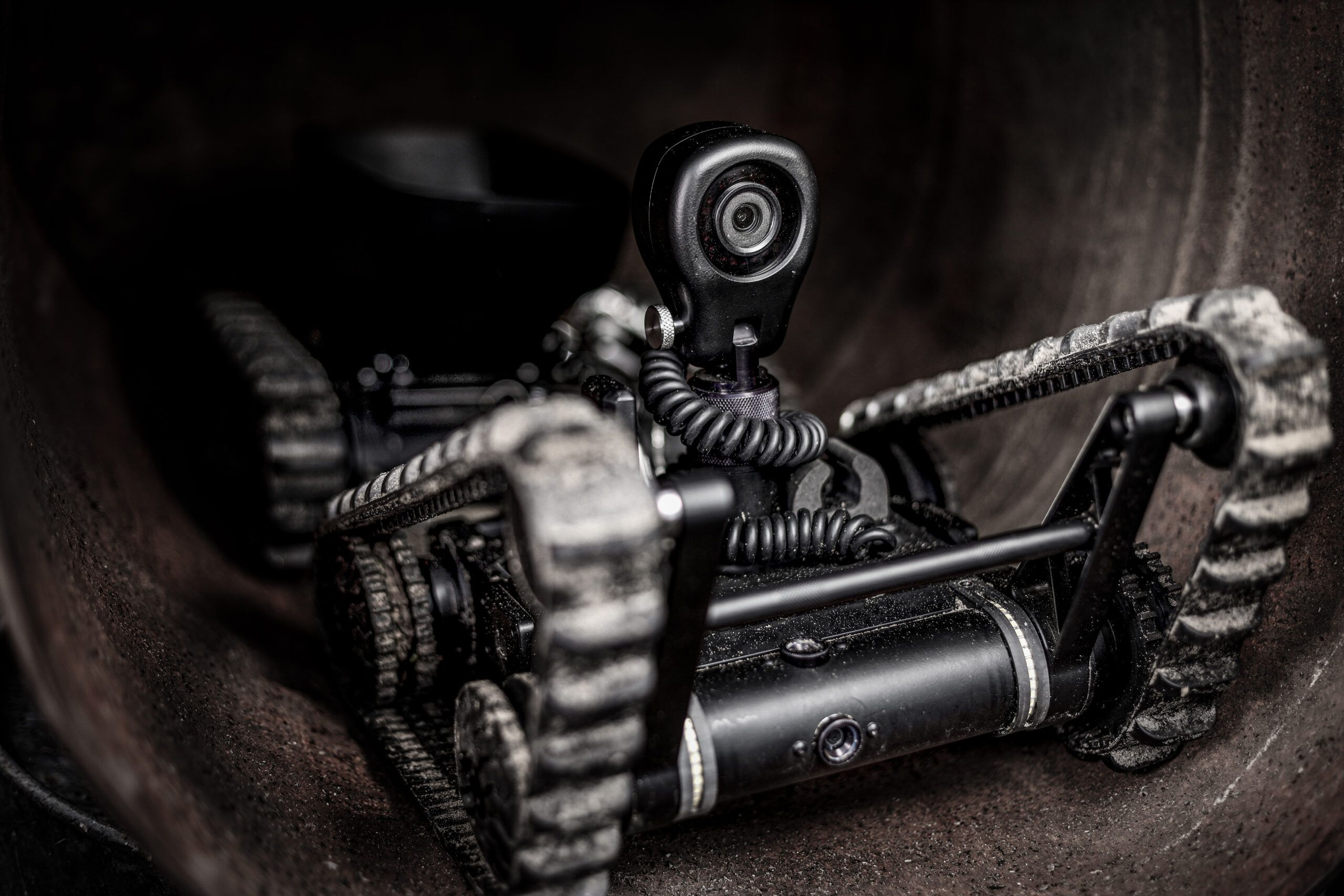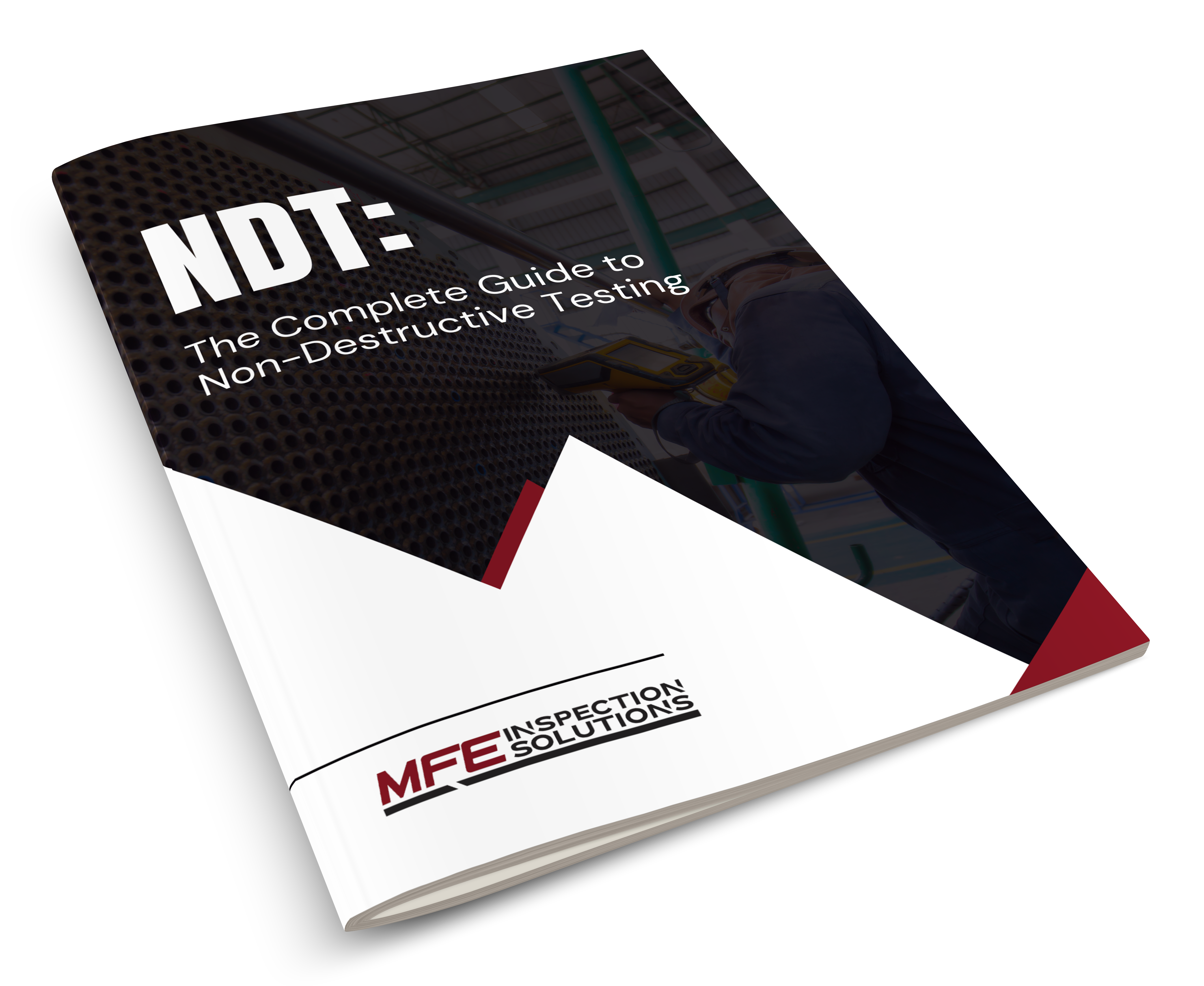
Top Quality RVI Equipment For Rent & Sale
Industry-Leading Reliability and Precision for Your Inspection Needs
Accurate
Dependable
Compliant
MFE’s RVI tools are the best options on the market, carefully curated by MFE’s team of inspectors, technicians, engineers & subject matter experts who have a comprehensive understanding of the industries we serve and the equipment they need.

Types of RVI Products We Offer:
✔ Push Camera Inspection Systems
✔ Industrial Videoscopes Borescope Inspection Systems
✔ Tank Inspection Systems
Featured NDT Equipment
Wohler VIS 700
Push Camera

Uses
Your content goes here. Edit or remove this text inline or in the module Content settings. You can also style every aspect of this content in the module Design settings and even apply custom CSS to this text in the module Advanced settings.
Assets
Your content goes here. Edit or remove this text inline or in the module Content settings. You can also style every aspect of this content in the module Design settings and even apply custom CSS to this text in the module Advanced settings.
Industry
Your content goes here. Edit or remove this text inline or in the module Content settings. You can also style every aspect of this content in the module Design settings and even apply custom CSS to this text in the module Advanced settings.
Intelligent Series Borescope
Borescope

Uses
Your content goes here. Edit or remove this text inline or in the module Content settings. You can also style every aspect of this content in the module Design settings and even apply custom CSS to this text in the module Advanced settings.
Assets
Your content goes here. Edit or remove this text inline or in the module Content settings. You can also style every aspect of this content in the module Design settings and even apply custom CSS to this text in the module Advanced settings.
Industry
Your content goes here. Edit or remove this text inline or in the module Content settings. You can also style every aspect of this content in the module Design settings and even apply custom CSS to this text in the module Advanced settings.
Sensor Networks PTZx
Submersible Camera

Uses
Your content goes here. Edit or remove this text inline or in the module Content settings. You can also style every aspect of this content in the module Design settings and even apply custom CSS to this text in the module Advanced settings.
Assets
Your content goes here. Edit or remove this text inline or in the module Content settings. You can also style every aspect of this content in the module Design settings and even apply custom CSS to this text in the module Advanced settings.
Industry
Your content goes here. Edit or remove this text inline or in the module Content settings. You can also style every aspect of this content in the module Design settings and even apply custom CSS to this text in the module Advanced settings.

Get the advantage
Benefits Of Using RVI Equipment
Remote Visual Inspection (RVI) utilizes advanced imaging tools to enhance efficiency, safety, and accuracy in assessing objects, structures, and systems from a distance, particularly beneficial in environments with limited accessibility or safety risks. RVI offers real-time, high-resolution visual data without direct contact. Other benefits include:
Enhanced Safety
Significantly reduce the necessity for personnel to physically access hazardous or confined spaces, thereby minimizing risks and ensuring the safety of your team.
Operational Efficiency
Accelerate the inspection process by offering real-time, high-resolution visuals, resulting in less downtime for operations and faster decision-making.
Flexibility
RVI’s versatile application ensures accessibility to targets in confined spaces, high elevations, or challenging terrains, making it suitable for various inspection scenarios.
Cost Savings
RVI offers a cost-effective alternative to traditional inspection methods, reducing the need for extensive manpower and minimizing downtime, all while maintaining high-quality results.
Precision and Quality
Our advanced RVI solutions provide precise, detailed visual data, facilitating accurate assessments for maintenance, quality control, and compliance purposes.
RVI FAQs
In the world of professional inspections, queries surrounding the reliability, cost, distinctions, and defect-detection capabilities of RVI are prevalent. Here, we address these common questions with expert answers and explanations.
Is RVI Reliable?
RVI testing is widely regarded as a reliable inspection method in numerous industries, offering invaluable insights into the integrity and condition of materials and components. Its reliability hinges on the proper application of the method, adequate training of the operator, and the choice of the most suitable RVI technique for the task at hand. Different RVI methods have different levels of reliability in detecting various types of defects, making the choice of method pivotal in obtaining reliable results.
How Much Does RVI Equipment Cost?
The cost of RVI equipment varies widely, depending on factors such as the method used, the extent of the testing, and the specifics of the components being tested. Advanced methods requiring sophisticated equipment and highly skilled operators might entail higher costs. However, the investment in RVI is generally justified by the prevention of catastrophic failures and the extension of component life, often making it a cost-effective choice in the long run.
How is RVI Different from Other Inspection Methods?
The defining characteristic of RVI is its ability to assess materials and components without causing damage or altering their functionality, a feature absent in destructive testing methods. This allows for in-service inspections, thus promoting safety and reliability without compromising the integrity of the material or component.
Can RVI Detect All Types of Defects?
While RVI is a powerful tool, it is not infallible and may not detect all types of defects, especially if the defects are sub-surface or too small. The effectiveness of RVI in detecting defects is heavily reliant on choosing the correct method for the application, and it may necessitate the use of multiple RVI methods to identify different types of defects effectively. For instance, Ultrasonic Testing may be suited to detect subsurface defects, while Dye Penetrant Testing might be more efficient in revealing surface cracks and discontinuities.
Remote visual inspection
Want to learn more?
Download our Complete Guide To Non-Destructive Testing: An extensive guide to drone inspections, including sensor options, top drones, rental versus purchase considerations, and crucial topics for remote data collection, exploring specialized sensors such as thermal and LiDAR beyond visual inspections.
